The transhumanist movement has claimed rationality as its own, shutting down any questions about the benefits of extending lifespan or enhancing human’s rational capacity. But the movement itself is irrational: it is based on shaky scientific grounds, has no workable concept of post-humanity and conflates cognition and reason argues Susan Levin. Read 'The ethical transhumanist' here.
Bioenhancement is among the hottest topics in bioethics today. The most contentious area of debate here is advocacy of “radical” enhancement (aka transhumanism). Because transhumanists urge us to categorically heighten select capacities, above all, rationality, it would be incorrect to say that the possessors of these abilities were human beings: to signal, unmistakably, the transcendent status of these beings, transhumanists call them “posthuman,” “godlike,” and “divine.” For many, the idea of humanity’s technological self-transcendence has a strong initial appeal; that appeal, intensified by transhumanists’ relentless confidence that radical bioenhancement will occur if only we commit adequate resources to the endeavor, yields a viscerally potent combination. On this of all topics, however, we should not let ourselves be ruled by viscera.
Transhumanists present themselves as the sole rational parties to the debate over radical bioenhancement: merely questioning a dedication to skyrocketing rational capacity or lifespan testifies to one’s irrationality. Scientifically, for this charge of irrationality not to be intellectually perverse, the evidence on transhumanists’ side would have to be overwhelming.
Transhumanism is a “totalizing vision”: a comprehensive scientific position on what exists and can be known is supposed to reflect absolutely correct findings of reason and is treated, on that basis, as the rightful guide to how humanity should proceed henceforth. One might take it for granted that, however problematic this moral conclusion, transhumanists support their confident positioning of science in the role of commander with detailed arguments rooted in current findings in psychology, biology, and neuroscience. Stunningly, however, transhumanists neglect deep engagement with these sciences. Perhaps they believe that psychology, biology, and neuroscience testify so patently to the validity of what they propose that their own provision of this support would be otiose.
Not only do transhumanists fail to provide theoretical and practical “proof of concept” for their vision of posthumanity, but they often rely on questionable, even outdated, scientific positions.
If so, they are mistaken: not only do transhumanists fail to provide theoretical and practical “proof of concept” for their vision of posthumanity, but they often rely on questionable, even outdated, scientific positions.
Consider, for example, their advocacy of “cognitive bioenhancement.” The Greeks bequeathed to Western philosophy a conception of human reason as richly practical and contemplative, a faculty through whose non-linear activity remarkable insights emerge. Ostensibly, when foregrounding reason as the linchpin of our humanity, transhumanists ally themselves with this tradition. When telling us how this treasured faculty would be augmented, however, they conflate “reason” and “cognition,” defining the latter in terms of the acquisition, processing, retention, and deployment of information. Squeezed out are forms of rational engagement not reducible to informational manipulation, including the creativity required for fresh scientific discoveries and philosophical insights.
As practical proof of concept for the feasibility of radical cognitive bioenhancement, transhumanists cite off-label usage of psychostimulants, which has been studied extensively. Contra transhumanists, however, this research has yielded strong evidence of cognitive trade-offs (e.g., between working and long-term memory), baseline-dependent effects, and negative impacts on creativity. Since transhumanists’ sole concern with cognitive ability is its maximization, it should greatly concern them that, in subjects with higher cognitive baselines, not merely an absence of benefit from psychostimulants but a deterioration in performance has been documented.







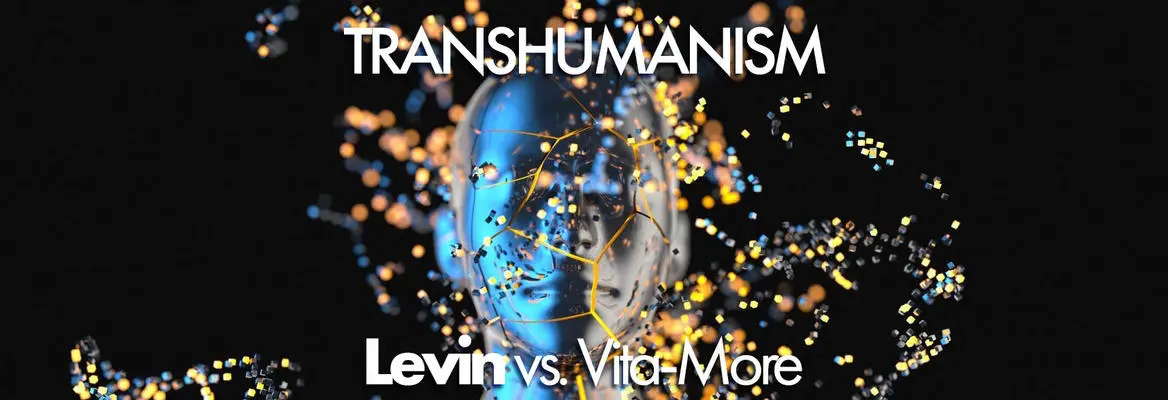





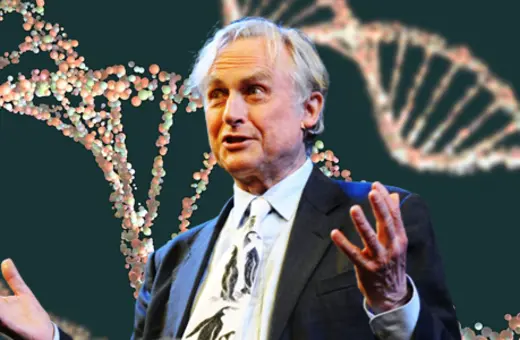
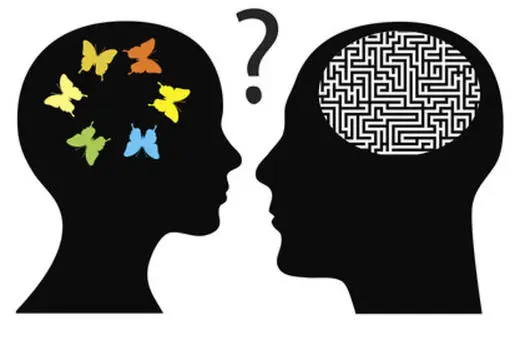
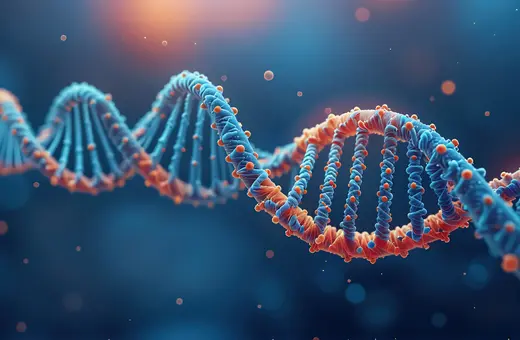
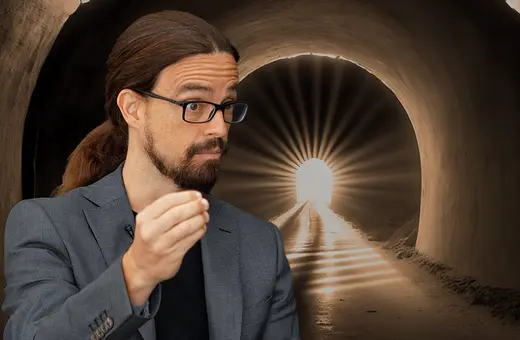


Join the conversation